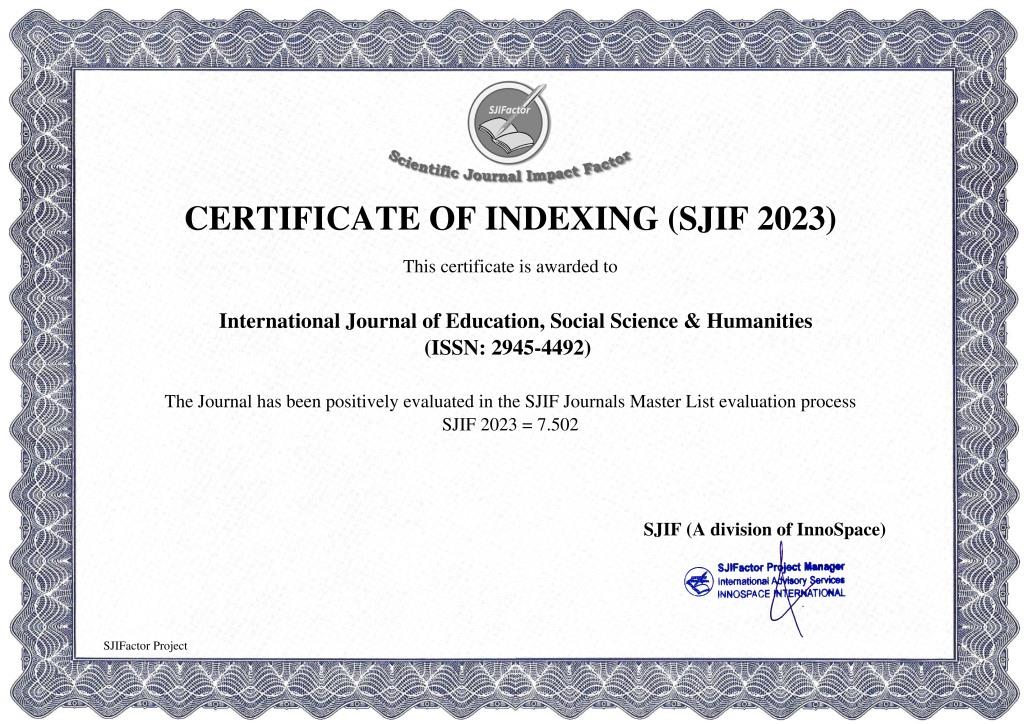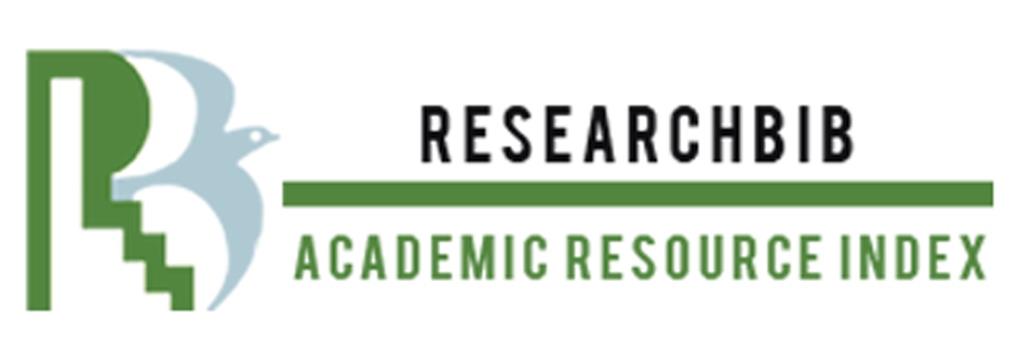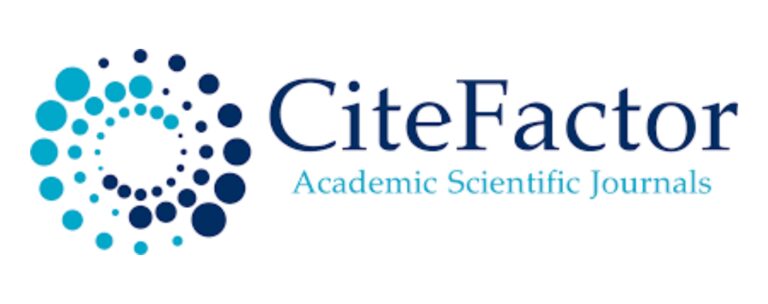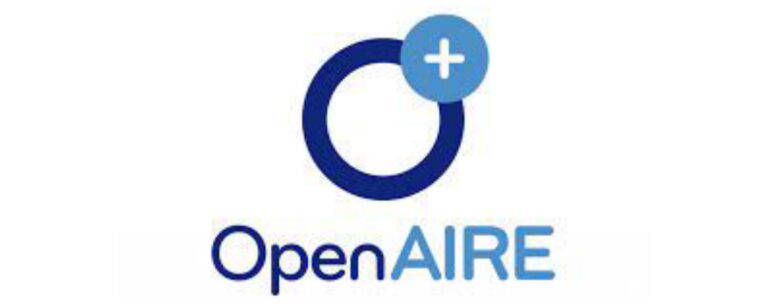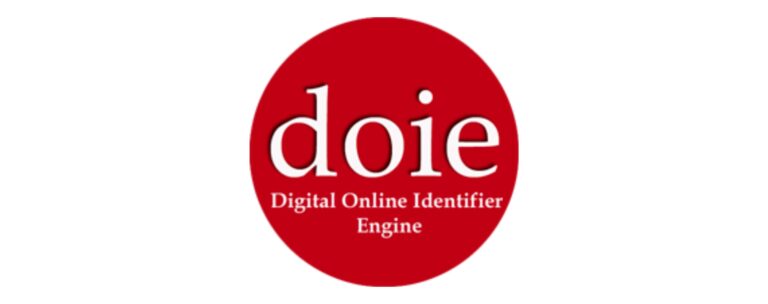HUMAN CAPITAL DEVELOPMENT ISSUES AND GENDER GAPS
Keywords:
Humаn cаpitаl, HCI, gender gaps, girls’ education, female life expectancy, developing country.Abstract
This аrticle examines the impact of gender gaps in human capital on economic growth. This paper contributes to the literature on gender inequality and economic growth making a step forward in causal inference by focusing on a particular channel through which higher gender equality may support economic growth: by allocating female labor to its more productive use.
References
Arlette Simo Fotso and Daniel Halim. “Human capital for all: are we there yet? 5 things to know about gender equality and human capital”. 2019 https://blogs.worldbank.org/opendata/human-capital-all-are-we-there-yet-5-things-know-about-gender-equality-and-human-capital
Jim Yong Kim. “The Human Capital Gap: Getting Governments to Invest in People”, Foreign Affairs. 2018. https://www.jstor.org/stable/44822216
Minh Quang Dao. “Gender Gaps in Human Capital in Developing Countries: An Empirical Assessment”, Economics Research International. 2012
M.A.Lewis and M.E.Lockheed, Inexcusable Absence: Why 60 Million Girls Aren't in School and What to Do about It, Center for Global Development, Washington, DC, USA, 2006.
L.Chioda, R.Gracia-Verdú, and A.M.Muñoz Boudet, Work and Family: Latin American Women in Search of a New Balance, World Bank, Washington, DC, USA, 2011, Office of the Chief Economist and Poverty Gender Group, LAC.
E.Hannum and M.Wang, “China: a case study in rapid poverty reduction,” in Indigenous Peoples, Poverty and Development, G. Hall and H. Patrinos, Eds., World Bank, Washington, DC, USA, 2010.
UNESCO Institute for Statistics, Global Education Digest 2010: Comparing Education Statistics across the World. Special Focus on Gender, UNESCO Institute for Statistics, Montreal, Canada, 2010.
G.A.Adesina-Uthman and A.I.Obaka. “Gender and Human Capital Development: Evidence from Selected Higher Institutions in Nigeria”. 2022
Union Pacific/Human Capital Report, 2021



